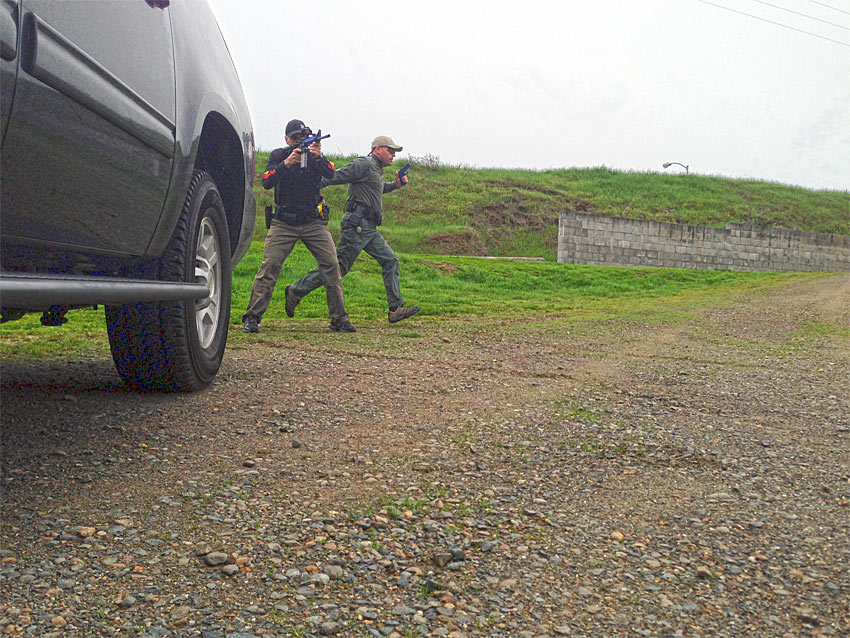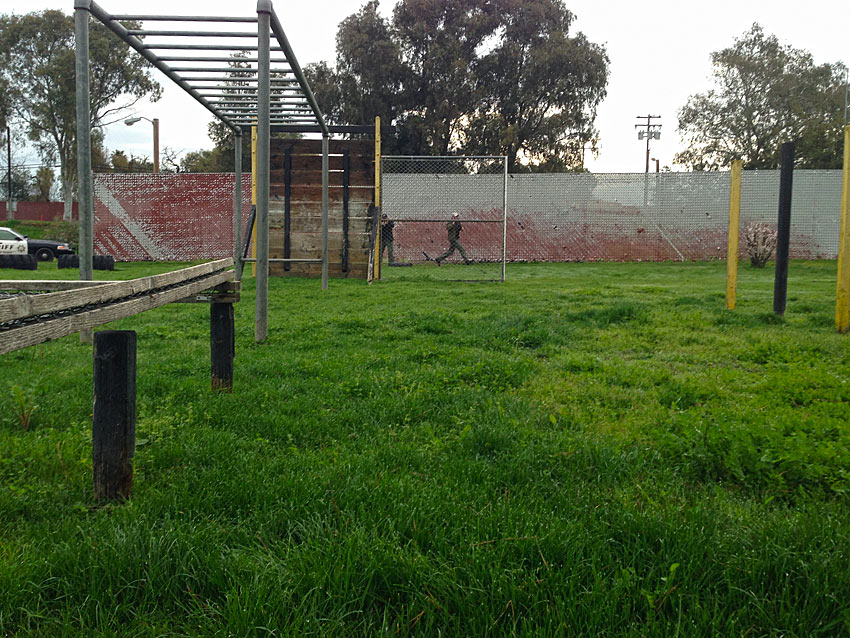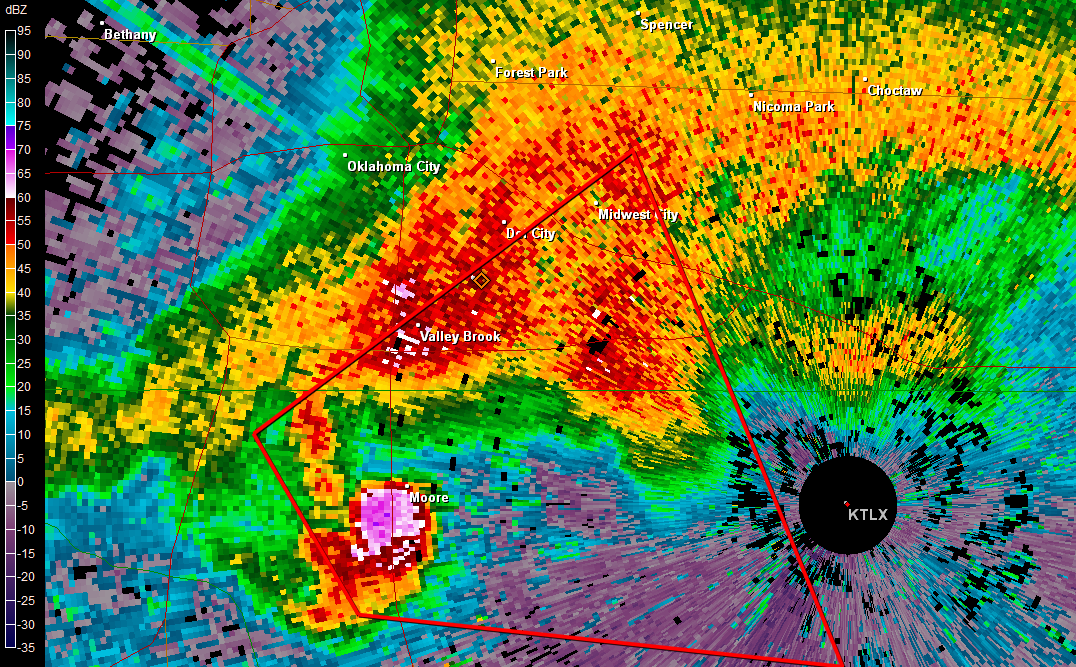Cover vs. Concealment: Don’t Let Cover Become Your Coffin
Cover vs. Concealment: Don’t Let Cover Become Your Coffin

Asking for definitions of the word “cover” have more often than not, resulted in visceral responses of solid, robust and of course, bulletproof. That’s great that most folks know the difference between cover and concealment.
I suppose I would be remiss if I didn’t explain the difference for those just starting out in the art. Concealment obscures your position from the enemy, while cover absorbs the enemy’s bullets.
Cover, Cover All Around
With that being said, how often do you find yourself near cover; true cover? Take a moment to think about your daily activities. How often do you find yourself near a reinforced wall or engine block? The problem I have is that while most folks understand what cover is, there’s this idea that cover will be readily available when you need it.
While teaching an advanced tactics class last month, many of the troopers had a hard time giving up their notion of cover. It took them a while to realize that cover isn’t always what it’s cracked up to be, sometimes your cover can become your coffin. I don’t blame them at all, it seems indicative of today’s tactics being taught.

The Coffin Theory
In my experience of teaching, many of the TTPs (tactics, techniques and procedures) discussed for active gunfights have a heavy emphasis on seeking cover. I get it, it’s easy to just lump the response into a simple concept. However, it’s much harder to apply in practical terms. Then there’s the whole issue of what to do once you’ve obtained cover.
This is where you get a lot of dumbfounded looks. Ok, so you’ve found cover, now what? If you’re not willing to maneuver/move on the bad guy, they will more than likely outmaneuver you and in doing so, that precious cover you held onto now has become the big “X” you were trying to avoid.
Vertical Fetal Position
Sometimes folks get sucked into cover and it becomes what we call the “vertical fetal position.” You get right up on the corner with no room to do much of anything. The way you need to look at it is that cover is always temporary, I don’t care if you’re buried deep in some presidential bunker, it’s only temporary. Movement is life. If you don’t have a plan for what you’re going to do once you’re behind cover, then it’s only a matter of time before someone decides to take the fight to you. Add quick peeks and it’s just a major recipe for disaster. If you have reason to believe danger is around the corner, don’t do a quick peek. Ever.
Total Cover
We teach some simple concepts when working around cover. First, you have to understand what cover really is. It starts with your bullets, which are the best form of cover. If you’re putting the pain to the bad guy, it’s hard for them to do that to you. Next, you have your body armor to protect you against their bullets, followed by your buddy putting the pain to them. Last is ballistic protection, or what everyone thinks of as cover. See, it’s a lot more complicated that what most are led to believe.
It’s a major mindset shift, from a reactive measure of getting to cover, to employing tactics that emphasize total cover. Believe me, your reactionary gap when someone busts around the corner where you thought you were safe and sound, is too much to catch up from. And that’s how cover becomes a coffin.
Editor-in-Chief’s Note: Jeff Gonzales was a decorated and respected US Navy SEAL, serving as an operator and trainer who participated in numerous combat operations throughout the world. He now uses his modern warfare expertise as President of Trident Concepts, LLC., a battle proven company specializing in weapons, tactics and techniques to meet the evolving threat. Bringing the same high-intensity mindset, operational success and lessons learned from NSW to their training programs, TRICON has been recognized as an industry leader by various federal, state and local units. Organizations interested in training with TRICON can call 928-925-7038 or visit www.tridentconcepts.com for more information.











Discussion